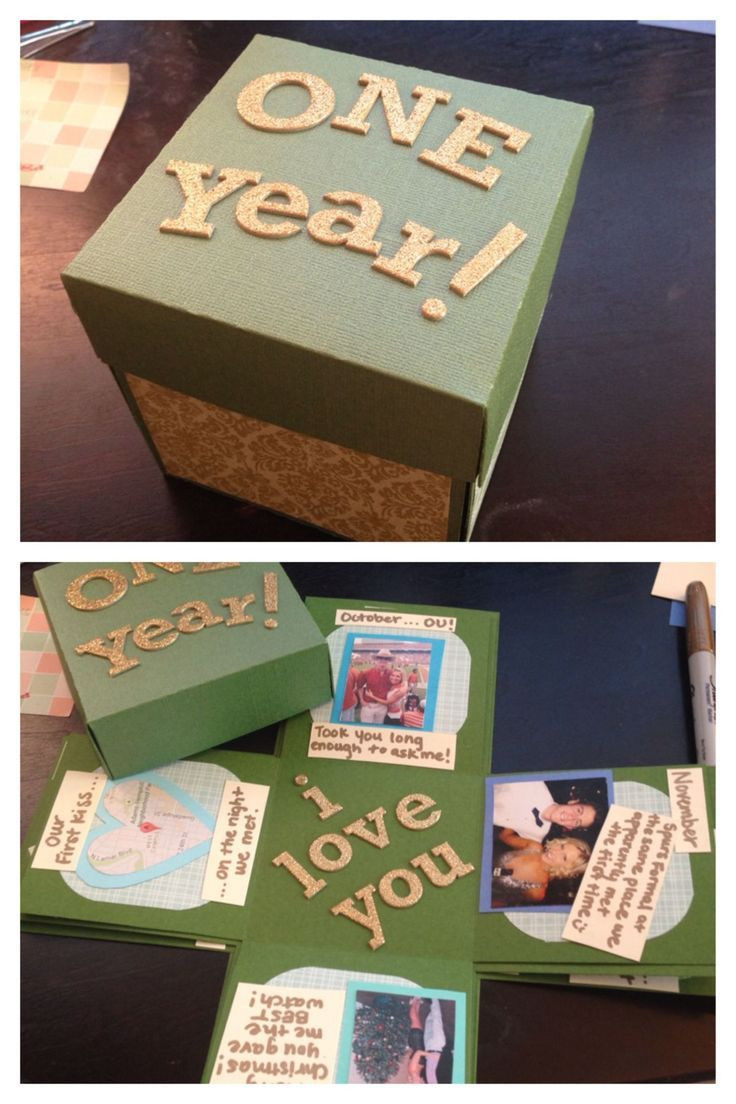Table of Content
Consult with your veterinarian to make sure these methods are safe and effective for your dog. Using a dog-safe essential oil like lavender or peppermint, however, may be a natural way to get rid of fleas and their larvae. Place a single drop of the oil at your dog's neck, or dilute the oils with water and apply to your dog's entire coat with a spray bottle. You can also use this method as a preventative measure. Another sign that fleas have invaded your bed are flea bites on your body. According to Dr. Richter, dog shampoos containing oat proteins, aloe or tea tree oil can also be helpful for itching.
In a saucepan, place a cup of water and the peel of a lemon. Apply on the skin where the flea has bitten you and let it act for 15 minutes before rinsing. Rinse as you would usually and continue to use this method until the fleas have gone. Check by combining through with your hand or a flea comb.
Talk to Your Veterinarian About Topical Medications
Although many best flea treatment for dogs are available at the medical centers, trying the natural treatment is always the safer option to proceed. We recommend Wondercide’s USA-made line of products as the best OTC natural flea and tick treatment. They include holistic vet-approved organic essential and carrier oils that kill the flea and tick life cycle upon contactandprovide ongoing prevention.
Begin home treatment at the same time as pet treatment. This keeps all treatment on the same timeline and helps disrupt the flea life cycle. A licensed commercial pest control applicator can help you determine which products are best for inside your home and in the yard. In general, focus outdoor treatment on shady areas and places where pets spend the most amount of time. Try these home remedies and you will notice the relief they provide.
Great Home Remedies For Dengue Fever Treatment
Allow the suds to soak in for at least five minutes and then rinse the coat out. After the rinse, you can use a flea comb to comb out any remaining dead mites. Similar to you being a potential carrier of fleas, other animals can be hosts too. One of the most common ways dogs get fleas is from being around other animals with fleas. Besides catching fleas in your backyard, your dog can also contract them inside your home. Since these parasites feed off mammals, they can easily attach themselves to other animals that might roam your property, like mice.

Luckily, there are plenty of things that you can do at home to treat these annoying bites, and it’s normally not anything you really need to worry about. There are some other less commonly transmitted diseases caused by fleas. These include Bartonellosis, Plague, Typhus, and a few other illnesses. Since these diseases are also transmissible to people, it’s important to treat them immediately in pets. Signs of these diseases include fever, heart issues, lymph node inflammation, lethargy, and the formation of pus-filled lesions. If your dog has had a recent flea infestation and suddenly starts to show signs of illness, a trip to your vet ASAP is best.
CBD Dog Treats + Joint & Mobility Care
Still, some holistic vets and anecdotal evidence find ACV effective as a topical spray. For best results, apply a thick coating of coconut oil all over your dog and leave it on for at least 10 minutes. Rinse off with warm water and a bit of shampoo and remove the little buggers with your flea comb. We recommend Raw Paws Organic Virgin Coconut Oil, which is cold-pressed, unrefined, and chemical and bleach-free, so it’s non-toxic for your furry friend.
Use a cotton ball to apply this mixture on the affected area. Leave it on for 5 minutes, then rinse it off with cool water. In case your pet is itching all over, give your pet a bath with ½ to 1 cup of baking soda mixed in its bath water. Fleas are basically small parasitic creatures that feed on the blood of the dogs. These fleas do not have any wings so they can’t fly but it jumps from one host to another. The flea bites can lead to itching and many other serious problems.
Flea Life Cycle
The dosage and chemicals used in dog-only flea products can cause a toxic reaction in cats. If you accidentally use a dog flea product on a cat, seek emergency care from your veterinarian. If you notice your dog itching or scratching more than usual, check them for signs of fleas including eggs, bite marks, and flea dust. Generally, you can get rid of these pests at home using topical flea treatments such as shampoos and collars. Before anything else, though, you should talk with your vet to ensure that you are using the right treatment and the right dose for your dog. There are several options for treating puppy lice, including topical treatments and oral medications.

The simplest way to offer your dog apple cider vinegar is to add some to his water bowl. Use no more than one tablespoon per 50 pounds of bodyweight and limit your use to twice a week. It’s not poisonous as long as you prevent licking of Vaseline.
Luckily, there are many safe natural treatments you can use directly on your dog. Puppies that are too young for flea treatments can be bathed in dish soap as a safe home remedy without causing skin irritation. Avoid dish soap products with harsh antibacterial additives, or strong scents – products for sensitive skin would be best. Bathe your puppy in the dish soap as you would a regular pet shampoo. This will suffocate any fleas on the body which can then be removed with a flea comb. You can repeat this process as many times as needed, and it can also be used on adult dogs as well.

One of the active element present in the Diatomaceous Earth put a latch on the exoskeleton of any particular fleas you need to kill on. It dehydrates the skin from the outer body to the inner body and eventually, it kills the fleas. When comparing it with boric acid, this is known as the best flea treatment for dogs. When it comes to treating flea bites at home, there are a number of home remedies that you might try. If you believe you’re suffering from an allergic reaction or experiencing serious symptoms, however, contact a physician immediately. Suggests that this ingredient can relieve redness, itching, and stinging caused by flea bites.
Soak yourself in this soothing water for 10 minutes, then pat yourself dry with a soft towel. The bites may appear as small, red bumps, typically in groups of three or four or in a straight line. They are most often seen around the ankles or legs, however, bites can also be noticed around the waist, armpits or in the folds of the elbows and knees. The itching and pain do not stop in spite of medication. Take 2 tablespoons of baking soda and sprinkle some water. Add small quantities of water and mix to make a thick paste.

























